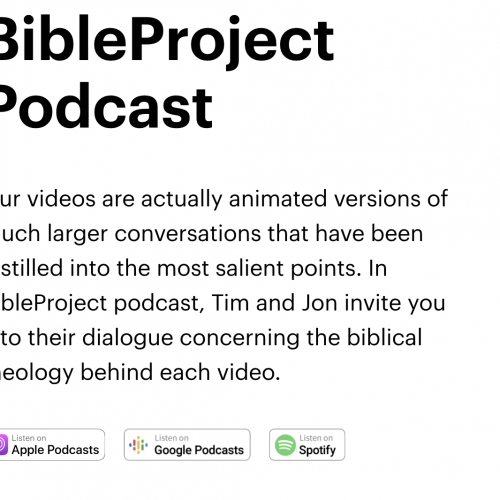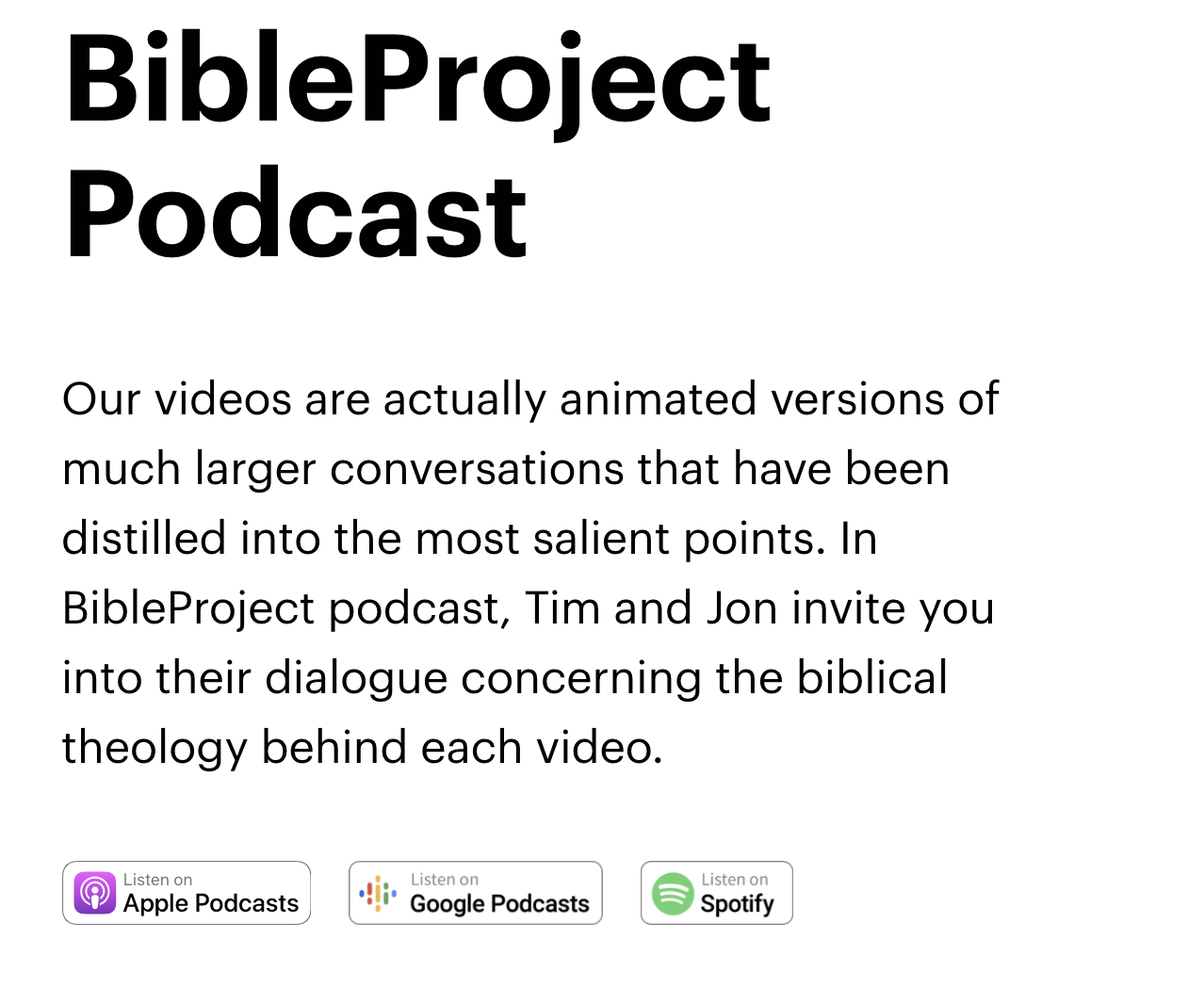
Three keys we should give our young women
When I was about 13 or 14 my dad came to the girls group I was part of to teach us some self-defence techniques, just in case we needed…

When I was about 13 or 14 my dad came to the girls group I was part of to teach us some self-defence techniques, just in case we needed to defend ourselves ‘out in the world’.
In my early 20’s a friend taught me to hold a key in between my fingers when I was walking at night, another self-defence strategy added to my collection. To this day, holding my keys in my hand while walking at night has become second nature.
As a woman, now in my 30’s, I recognise it would be far, far better to live in a world where such strategies are not necessary, but living ‘out in the world’, as my dad would say, requires pragmatism and wisdom – I’ll still hold my keys in my hand a little longer.
It’s sad I need a key between my fingers to feel safe. The purpose of a key is to unlock something – something that’s usually positive – not to be used as a physical defence strategy.
So here are three other positive keys (pun intended) we should be giving our young women as they grow up.
Number one: VALUE.
What values do we identify in women?
Proverbs 31 says, “Charm can be deceptive and physical beauty will not last, but a woman who reveres the Eternal should be praised above all others. Celebrate all she has achieved. Let all her accomplishments publicly praise her.” (v30-31)
Too often our celebration of young women goes only skin deep. While I have no problem with complementing a sister on her outfit or hairstyle, is that where my verbal appreciation stops? Am I as verbose in my admiration for her thoughtfulness and hard work in study, work, and relationships as I am for her new shoes?
And as important as the value we place on others is, it’s also important to consider what we value in ourselves. I set the standard of value for the young women in my life. I can find this difficult and uncomfortable, but if I don’t/can’t identify what is valuable in me, how can I expect or instruct the young women around me to identify it in themselves?
Here are three deep value areas to look for and verbally acknowledge in yourself and the young women in your life:
- Achievement (“Congratulations on your graduation/new job/sporting success…etc.”)
- Effort (“I noticed how hard you worked on that project, I’m so glad you didn’t give up.”)
- Character (“I really appreciate how patient you are with your younger siblings.”)
Number two: STRENGTH.
“She sets about her work vigorously; her arms are strong for her tasks.” (Proverbs 31:17)
Strengths are demonstrated as built-in capacities for ways of thinking, feeling, and behaving. I’m going to call these capacities Strength Patterns.
We aren’t all strong in everything, but we are all strong in something. I am an organised person.
My mind sorts things into categories and systems and I order my physical world accordingly. I am also a relational person and want to use my organisational skills to help others. When I identify my strength patterns and tap into them, I get a greater sense of fulfilment from my life.
I can also help others identify their strength patterns so that they too can experience a greater sense of fulfilment. Young women can struggle to identify their strengths, especially if they don’t fit the stereotypical brain, beauty, brawn patterns. As caring adults, a gift we can give young women (any young person for that matter) is to identify the strength patterns we see in them.
How do we identify potential patterns of strength in the young people around us?
Look for these three clues:
- Use (frequency and repetition of engagement in the activity -Thinking/Feeling/Behaving)
- Energy (never gets tired of and seems to be energised by participating in the activity)
- Performance (is skilled at it).
Number three: POWER.
“She is clothed with strength and dignity; she can laugh at the days to come. She speaks with wisdom, and faithful instruction is on her tongue.” (Proverbs 31:25-26)
We tend to take our voices for granted, but when used wisely and appropriately, the voice can be one of the most powerful instruments in the human body.
Proverbs 18 says the power of life and death is in the tongue. When we encourage young women to use their voices, we empower them to ignite change in their world.
How do we encourage young women to exercise the power of their voice?
- Ask her questions (“What do you think about…?”). And listen for her answers.
- Invite her into decision making discussions, giving her opportunities to voice her ideas/concerns/opinions.
- Be a role model. Let her see you using your voice on issues that matter to you.
Young women, I want to remind you today that you are valuable beyond the superficial, strong in unique ways, and powerful to make change!
Carry these keys wherever you go.
—
About the author…
 Narelle is a former youth worker with more than 10 years of experience. She now serves in SU QLD’s vocational training team, equipping the next generation of chaplains and youth workers. She is especially passionate about empowering young women.
Narelle is a former youth worker with more than 10 years of experience. She now serves in SU QLD’s vocational training team, equipping the next generation of chaplains and youth workers. She is especially passionate about empowering young women.
Posted: 9/04/2021


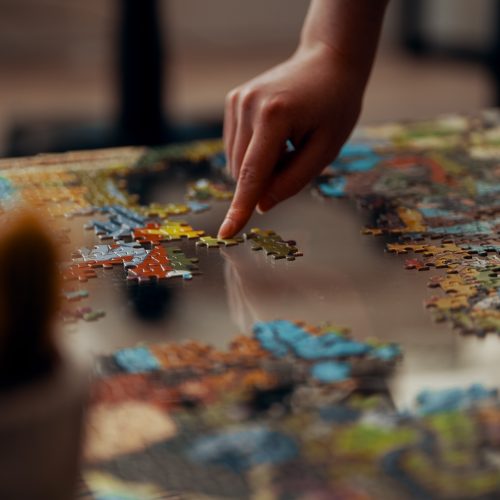



 Jane has been involved with SU Camps and Community Outreaches for 15 years. She has experience working as a chaplain and has a background in nursing. Jane currently works as the Camp Specialist for SU QLD, overseeing the camps and missions across Queensland.
Jane has been involved with SU Camps and Community Outreaches for 15 years. She has experience working as a chaplain and has a background in nursing. Jane currently works as the Camp Specialist for SU QLD, overseeing the camps and missions across Queensland.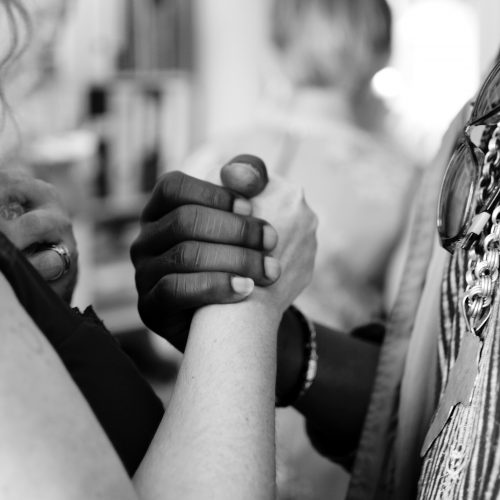
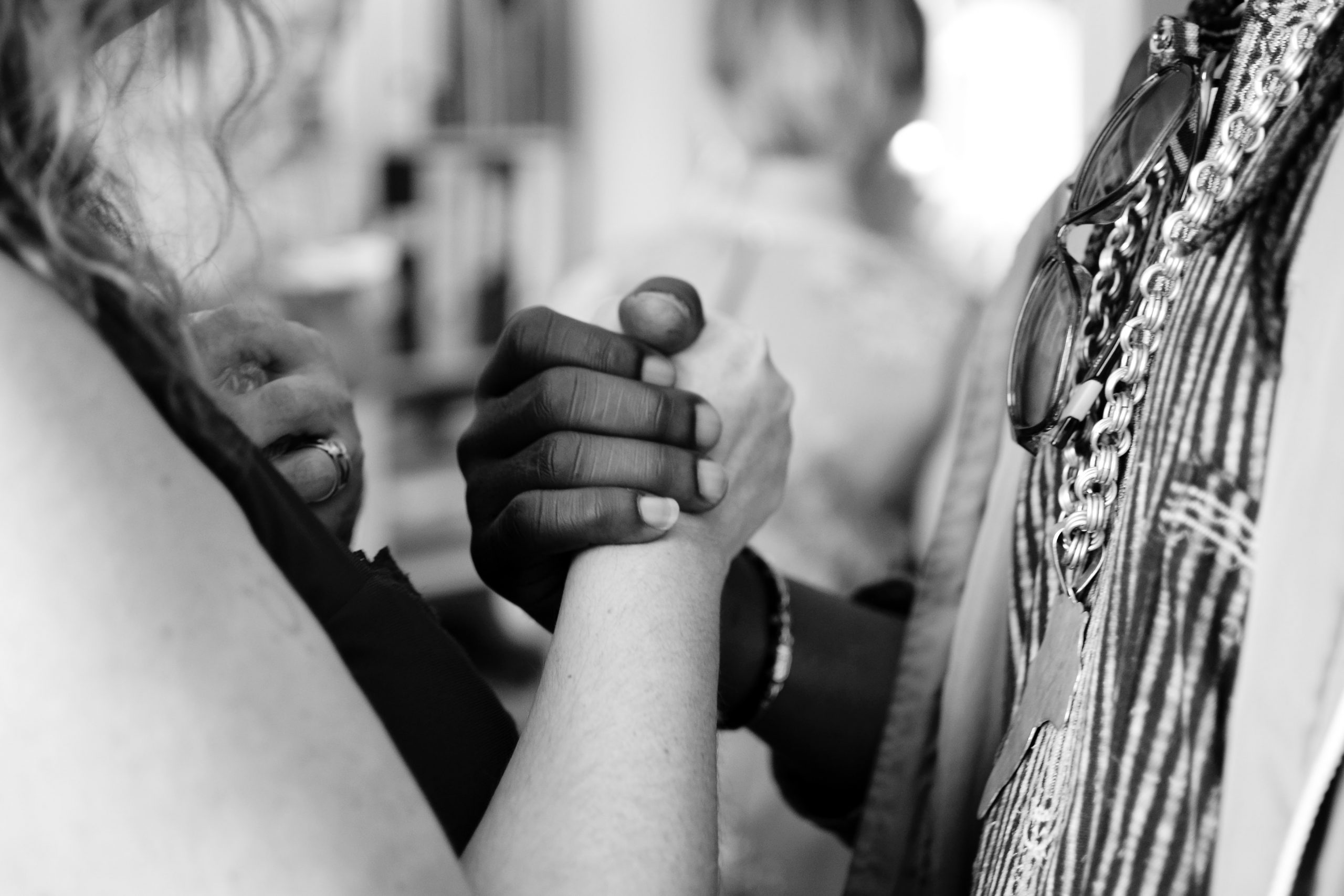
 Andrea is a former secondary school teacher and counsellor. She has worked as a school chaplain for over 19 years and now also serves part-time on SU QLD’s Children and Youth Program Team, delivering training and professional development to chaplains and youth workers. Andrea and her husband are parents to three adult children and grandparents to two.
Andrea is a former secondary school teacher and counsellor. She has worked as a school chaplain for over 19 years and now also serves part-time on SU QLD’s Children and Youth Program Team, delivering training and professional development to chaplains and youth workers. Andrea and her husband are parents to three adult children and grandparents to two.

 Terry is married to Marg and they have 3 children and 5 grandchildren. His developing gifts are in UNO, LEGO, Monopoly, racing cars, fairies, dinosaurs and Zooper Doopers. Terry is also a specialist in ministry with families and children at Scripture Union Queensland, where he has worked for 36 years.
Terry is married to Marg and they have 3 children and 5 grandchildren. His developing gifts are in UNO, LEGO, Monopoly, racing cars, fairies, dinosaurs and Zooper Doopers. Terry is also a specialist in ministry with families and children at Scripture Union Queensland, where he has worked for 36 years.

 Tess is a former school chaplain and youth pastor with 15 years of experience in youth work. She now serves as SU QLD’s Children and Youth Program Team Leader, delivering training and professional development to chaplains and youth workers. She holds a bachelor of communications and diploma of youth work.
Tess is a former school chaplain and youth pastor with 15 years of experience in youth work. She now serves as SU QLD’s Children and Youth Program Team Leader, delivering training and professional development to chaplains and youth workers. She holds a bachelor of communications and diploma of youth work.

 About the author…
About the author…



 Tim works in Cross-Cultural Innovations for SU, seeking to foster vibrant ministry with people of minority cultures and other faiths. Prior to this Tim spent 8 years with The Feast in the UK, engaging youth of different faiths, and 10 years in various roles with SU Qld.
Tim works in Cross-Cultural Innovations for SU, seeking to foster vibrant ministry with people of minority cultures and other faiths. Prior to this Tim spent 8 years with The Feast in the UK, engaging youth of different faiths, and 10 years in various roles with SU Qld.